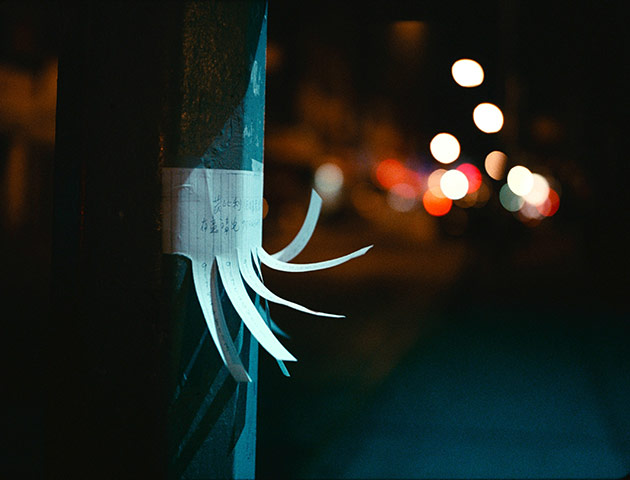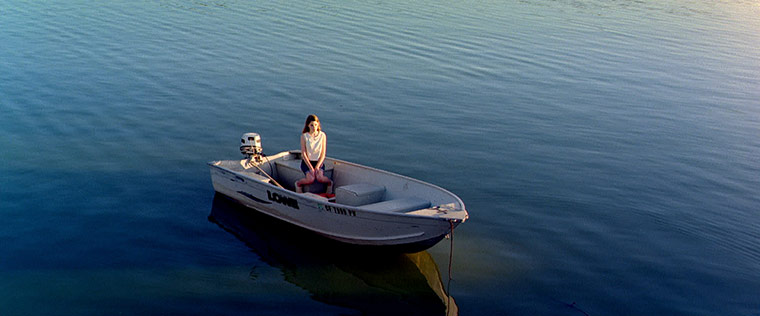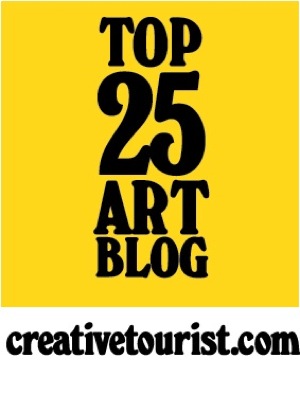The Barbican's Future Beauty is an appropriately stylish and well put together exhibition, surveying contemporary Japanese fashion from the 1980s to the present day, focusing on the avant-garde work of ground-breaking designers like Yohji Yamamoto, Rei Kawakubo of Comme des Garcons and Issey Miyake. These are designers who brought about a revolution in the fashion landscape, mounting a challenge to accepted Western notions of feminity and beauty, and changing irrevocably the way we dress.
Here, their work is carefully presented in a space divided by translucent drapes that hang from floor to ceiling. The gallery makes the perfect backdrop for these garments, with their origami-like folds and unfinished hems, themselves as much sculptural art objects as they are items of clothing, as Naoya's Hatekeyama's extraordinary photographs of Rei Kawakubo's flat garments makes clear. Issey Miyake's A-POC is far more sci-fi art installation than it is conventional ready-to-wear.
It's helpful then, that this exhibition is organised along thematic, rather than chronological lines, allowing us to follow the thread of an idea or style as it evolves through different interpretations. Exploring concepts such as wabi-sabi (the beauty of imperfection) and ma (the notion of spaces between objects) this curatorial approach allows us to understand some of the complex and challenging thinking that lies behind these apparently simple, minimal and often startlingly beautiful constructions, as well as the furore they created when they first appeared on the catwalk.
The exhibition is supported by a wealth of fascinating film and video content, including catwalk shows and documentaries, most notably Wim Wenders' classic documentary on Yamamoto, Notebook of Cities and Clothes, which will leave you forever in thrall to the power of the black polo neck. A perfect introduction to Japanese fashion in advance of Yamamoto's upcoming solo exhibition at the V&A it may well be, but Future Beauty is more than that, standing up in its own right as an ambitious and inspiring exhibition, not merely for those who love fashion, but for anyone with an interest in contemporary visual culture.
Future Beauty is at the Barbican Art Gallery until 6 February 2011.
[Images from Future Beauty: 30 Years of Japanese Fashion, 15 October 2010 – 6 February 2011 at Barbican Art Gallery, London. Photocredit: Lyndon Douglas]























